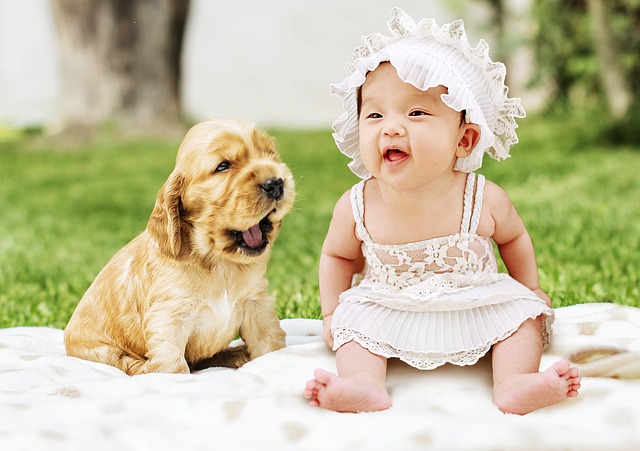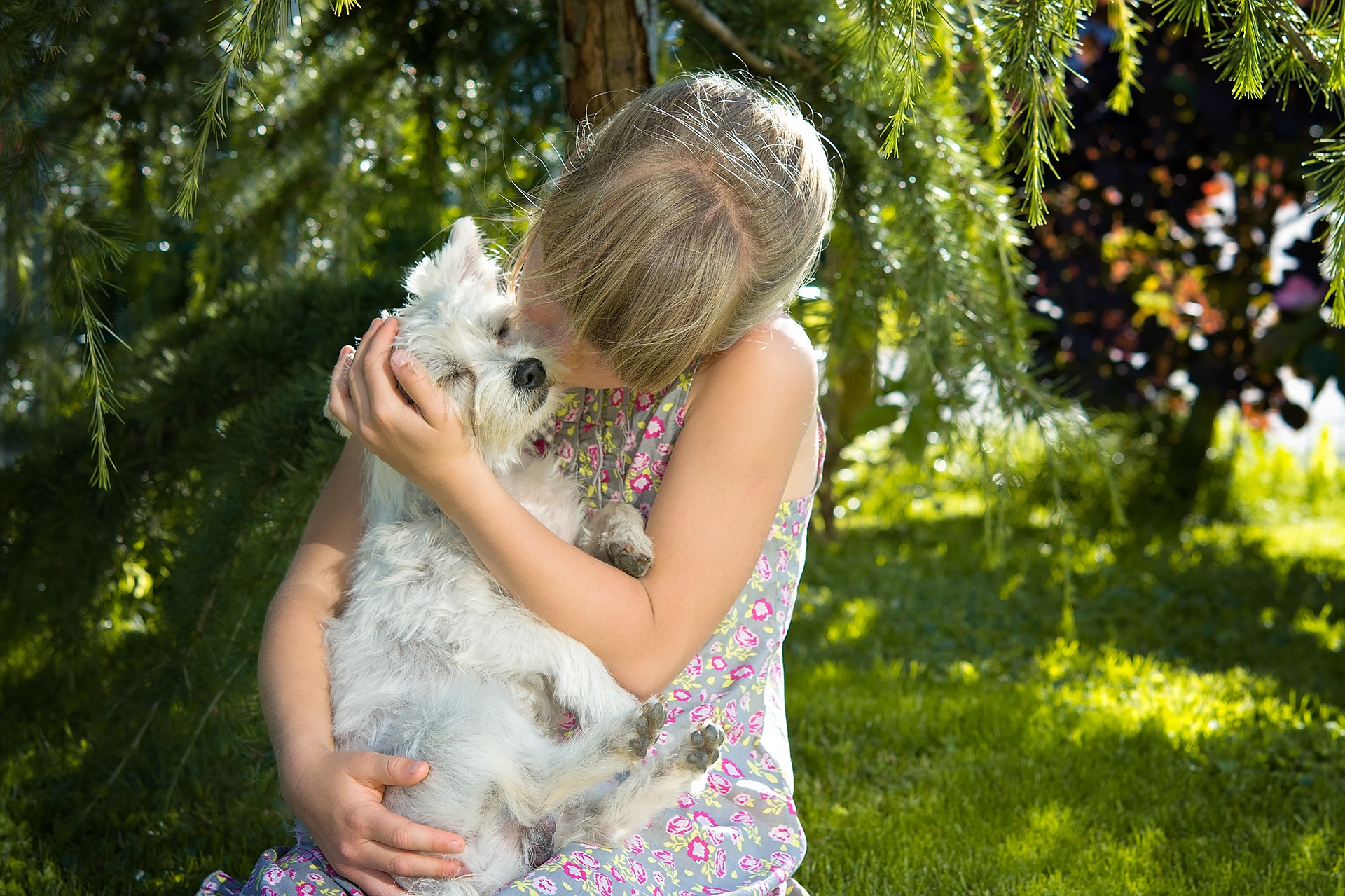What breed of dog is best for children?
On the benefits of dog-child interaction
- Often parents think of a child’s request for a dog as a desire for another toy. But unlike a new construction set or doll, a four-legged friend can teach a child a lot.
- Studies show that children who grow up around animals are less prone to inner fears, more sociable and easier to cope with stress. It is not without reason that dogs help in the rehabilitation of children with severe illnesses and autism.
- Children in a family with dogs have a better immune system, are less prone to colds and allergies. Active games and long walks with pets are undoubtedly beneficial.
- Communicating with animals, children learn to be attentive to other people’s desires and personal space. Even toddlers quickly develop responsibility for a four-legged friend.
- Finally, communicating with a dog gives a child pure genuine joy. And this reason alone may be enough to decide to adopt a pet into the family.
Important points when choosing a dog for children - Before showing your child pictures of cute puppies, parents should learn more about the nuances of dog-child interaction.
1. When to get a dog for your child
Experts do not recommend getting a dog until the child is 2 years old. Some canine experts even name the age of 4-5 or 7.
Making the decision to take a pet into the family to the baby, adults should understand that they may face a number of difficulties. For example, a small child will not immediately understand the rules of interaction with the dog. He may inadvertently harm the puppy or cause him to become aggressive.
In general, the school age of a child is considered preferable for a new pet. Children over the age of 7 are willing to take on some of the responsibilities of caring for and raising a dog. It is necessary to discuss in advance what kind of participation the child will have in training, walks, cleaning, feeding.

2. What precautions should be taken
Even a very good-natured dog may react aggressively if its tail is grabbed when it is busy with its favorite bone. Therefore, even before the appearance of a pet in the family, the child should be explained the basic rules of communication with the animal. For example, you can not touch the dog when he is sleeping or eating, you should not chase the dog when he leaves. And bared teeth or growling is the last warning before the dog bites.
Children under the age of about 10 don’t recognize a dog’s emotions well, so the animal may attack them. The child may ignore the pet’s signals, irritate it with obsessive attention or too much interaction.
The recommendations of dog experts for children under the age of two are very simple: babies should never be left alone with a dog!
3. How big should the dog be?
Small, medium and large breeds of dogs have their own advantages and disadvantages in terms of interaction with children.
Experts advise choosing a pet whose weight won’t exceed that of a school-age child, so the child can walk the pet on their own. Although some large breeds are famous for their love for children, it is more about a patronizing attitude. For example, a Newfoundland will love a child, but is unlikely to support active play often.
Representatives of small and dwarf breeds often want to take the position of a favorite baby in the family, which can lead to jealousy and competition with the child. You should also consider that children can easily injure the small fragile dog while playing.
From this point of view, medium-sized dogs are the most appropriate choice. But even more important qualities of the pet, such as a stable psyche and a love for children, can depend considerably on the particular breed https://puppy.name/overview_of_dog_breeds.html
4. Can a child get a dog from a shelter?
Shelter animals make great companions for adults and children. But choosing such a dog should be taken very seriously.
When deciding on the age of the pet, keep in mind that you cannot predict how good of a character a puppy dog will have as an adult. From this perspective, mature animals are more predictable.
Tell the shelter staff about your family and what kind of pet you would like. They may recommend certain animals right away, and that advice is worth heeding. Find out about the personality of the dogs: how nervous they are, how timid they are, whether they are clean and if they have been aggressive. Give preference to animals that are kind and relate to you and your child right away.
5. What kind of dogs are not recommended
If you are new to raising dogs, do not bring service, fighting, or hunting breeds into your family. Service dogs need serious training and activities that show their “professional” qualities. Fighting dogs can get along well with children in the family, but be aggressive towards other people or animals when walking. Hunting breeds are extremely active, requiring long walks and competent training.
When choosing dog breeds for children, it is best to look at companion dogs: https://en.wikipedia.org/wiki/List_of_dog_breeds
